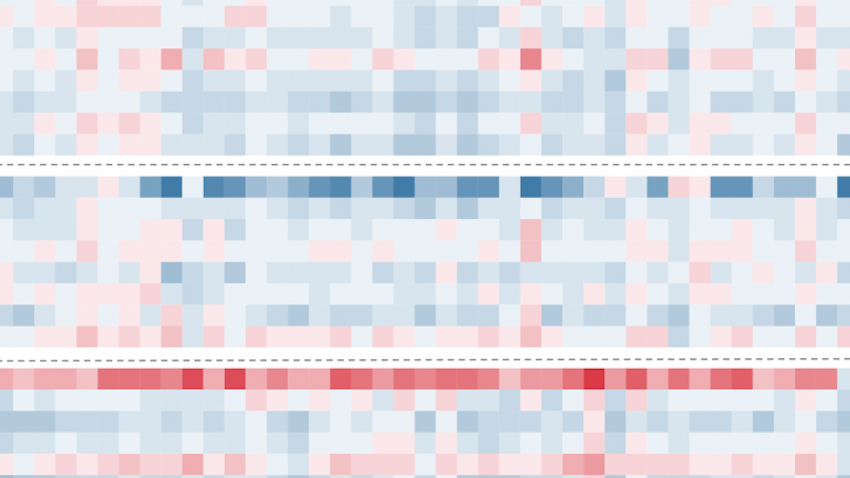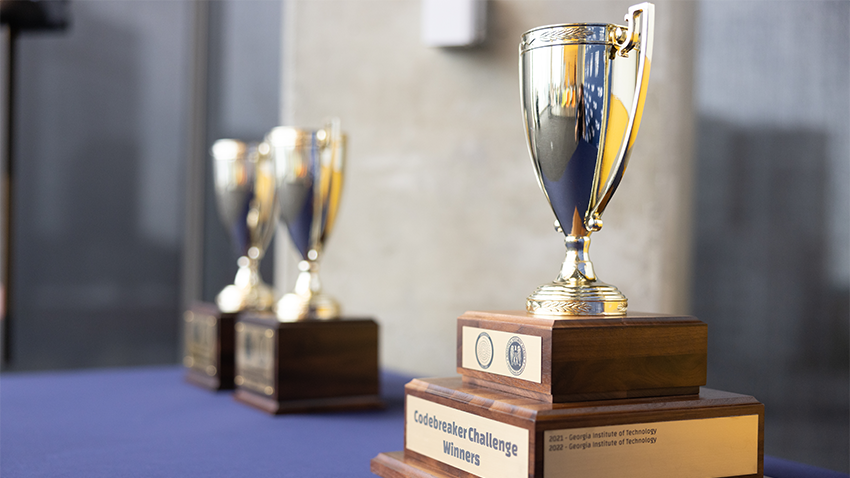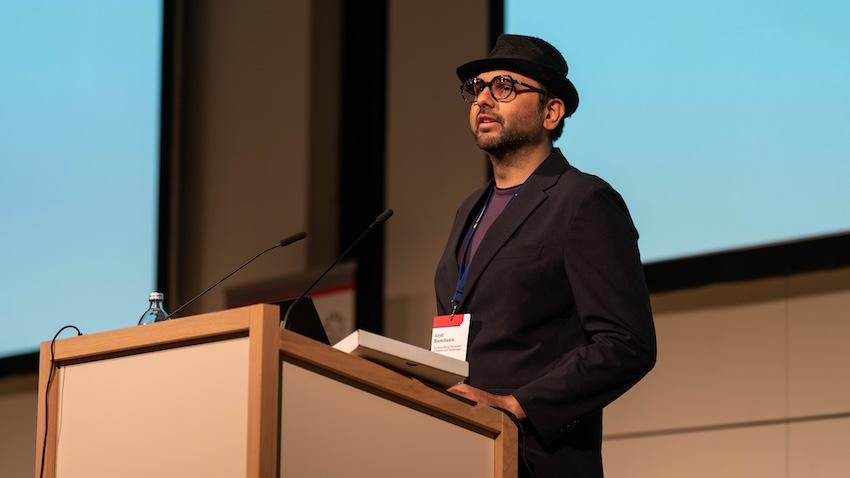
Machine Learning Method Amplifies ‘Voice of the People’ to Model Workplace Culture
Human resources professionals and job seekers alike may soon be able to better understand a company’s unique organizational culture thanks to a new machine-learning approach.
Developed by Georgia Tech researchers, the approach is the first of its kind to computationally model organizational culture using publicly available anonymized data sources – including Glassdoor user reviews.
These models are illustrated using heat maps that reveal positive and negative sentiment for a company and its business units across 41 dimensions of organizational culture.
The heat maps give a “cloud-contributed” sense of what the culture is like in a particular workplace and can provide actionable insights to HR teams, unit managers, and job seekers, according to the researchers.
“Right now, to get a measure of organizational culture, companies rely on internal surveys, which are difficult to scale. It’s also unlikely that they are getting true responses given factors like organizational bias or employee concerns about anonymity,” said Vedant Das Swain, a second-year Ph.D. student studying human-computer interaction at Georgia Tech.
With a potential dataset of more than 35 million Glassdoor user reviews about 770,000+ companies, “straight off the bat, for a company’s HR unit, our approach will allow them to go beyond traditional surveys. They gain scalability in terms of the number of people they can represent in a model of their workplace culture,” Das Swain said.
[RELATED: Likelihood of Dieting Success Lies Within Your Tweets]
“Existing measures are mostly done by companies themselves, which means they might not be transparent if it’s not in their interest to do so. This approach utilizes the voice of the people,” said Koustuv Saha, a fourth-year Ph.D. student studying social computing and computational social science.
The computational approach to modeling organizational culture has other advantages. Unlike traditional surveys, the method lets HR managers run reports virtually as often as needed, even retrospectively. This provides them with the ability to assess and understand how their company’s organizational culture changes over time. And, because the tool assesses workplace culture across business functions, team managers throughout the business can see where things are working well, and where they are not.
Along with helping business unit managers better understand what’s happening within their teams, this level of detail can also be a huge benefit for job seekers.
“A prospective employee can look at all of the cultural dimensions in the heat map and see that the people in a particular unit or division of a company speak favorably about competitiveness and then say, ‘you know what, I like a competitive atmosphere, maybe I’ll self-select myself into this opportunity,” said Das Swain.
To create the 41 dimensions of organizational culture that serve as the framework for their research, Das Swain and Saha started with publicly available job descriptors from Occupational Information Network (O*NET), an occupational information database sponsored by the U.S. Department of Labor. The job descriptor language is rooted in occupational psychology. It also reflects current workplace norms and expectations for nearly 200 professional and technical occupations.
With this database, the team developed 41 computer-readable language models. Models like these are known as word vectors and can reveal often-unseen connections between seemingly unrelated words, compound words, phrases, as well as word parts like prefixes and suffixes.
For the team, these word vectors are the backbone of their approach and serve as a multi-faceted representation of organizational culture.
“The 41 dimensions reflect what is important in a job role and in workplace behavior. We’re able to operationalize them, or put them to use, by converting them into machine-understandable language through the word vectors,” Saha said.
To proof their framework of organizational culture, the team analyzed more than 615,000 Glassdoor user reviews from 92 companies from the Fortune 500 List. In all, the dataset contained more than 10.7 million words from user reviews classified as ‘pro’ and more than 17.1 million words from user reviews classified as ‘con’.
“Once you start making things machine-interpretable, it can become so nuanced that it’s mumbo jumbo for humans and impossible to interpret. We wanted to see if there was a way to operationalize this information to measure a company’s culture by simply looking at what people say in self-initiated pro or con reviews from Glassdoor,” said Das Swain, who is advised by Georgia Tech Regents' Professor Gregory Abowd and Assistant Professor Munmun De Choudhury.
“With our framework, we can make sense of that volume of data to accurately model a company’s workplace culture so that people can experience the norms, the beliefs of an organization without ever being there.”
“People make the place. We’re leveraging what lots of people are saying about a place to get a cloud-contributed sense of what the workplace culture is within that particular company,” said Saha, a fifth-year Ph.D. student who is advised by De Choudhury.
Das Swain and Saha are co-authors of Modeling Organizational Culture with Workplace Experiences Shared on Glassdoor, which appears in the CHI 2020 Proceedings. The work is supported in part by the Office of the Director of National Intelligence (ODNI), Intelligence Advanced Research Projects Activity (IARPA), via IARPA Contract No. 2017-17042800007.


